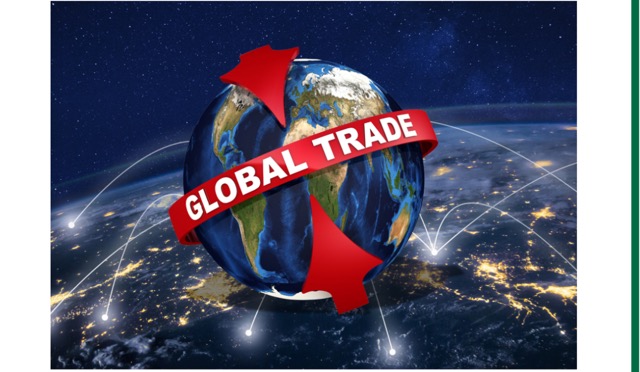The Philippines merchandize exports are expected to contract by 2.0 percent this year, while exports are expected to to rise by 3.5 percent and further accelerate in the coming years, based on the adjusted macro economic growth forecasts by the Development Budget Coordination Committee (DBCC).
This is part of DBCC’s revised medium-term macroeconomic assumptions, growth targets, and fiscal program for FYs 2025 to 2028, in light of evolving global developments, among others. The revisions take into account heightened global uncertainties, such as the unforeseen escalation of tensions in the Middle East and the imposition of U.S. tariffs.
Trade assumptions are refined to align with global market developments, according to the DBCC.
On exports, the DBCC said the decline is largely due to slower global demand and heightened trade policy uncertainties, before recovering to a modest growth of 2.0 percent from 2026 to 2028.
Meantime, DBCC said imports will continue to further increase to 4.0 percent in the succeeding years, supported by stable domestic consumption and sustained infrastructure spending.
The growth forecast in the importation of goods though was attributed to resilient domestic economic activity.
Inflation forecast has been narrowed down to 2.0 to 3.0 percent in 2025 and is expected to stabilize at 2.0 to 4.0 percent from 2026 to 2028, consistent with the latest outlook that inflation will remain within the target range over the policy horizon.
Tempered by easing global demand and expected increases in global oil inventories, Dubai crude oil prices are expected to average between USD60 to 70 per barrel from 2025 to 2028 despite escalating geopolitical tensions.
The foreign exchange rate is assumed to remain stable, averaging PHP 56 to PHP58 per US dollar from 2025 through 2028. This is supported by lower domestic inflation and will continue to be shaped by global financial conditions and external trade performance.




